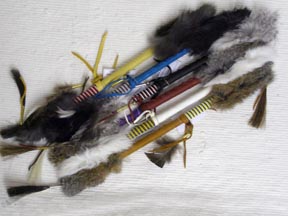
Native American tribes have used the talking stick for hundreds of years. The talking stick allows individuals to voice their opinions in an orderly manner during council meetings and other major tribal events.
The purpose of the talking stick
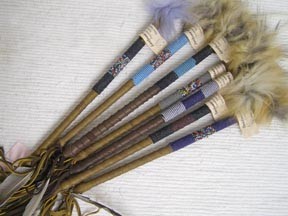 When it is someone’s turn with the talking stick, it is his or her turn to speak without interruption. As they pass the talking stick from person to person ideas and opinions are shared and respected.
When it is someone’s turn with the talking stick, it is his or her turn to speak without interruption. As they pass the talking stick from person to person ideas and opinions are shared and respected.
They also use the talking stick when teaching and sharing stories with children so they learn that each opinion deserves to be heard by everyone in the room.
The ultimate purpose of the talking stick is to keep communication fair and constructive. While being passed around the council, the talking stick begins with the group’s elder. He carefully chooses his words to be just and objective. Then they pass the talking stick around in a circle by descending age. Even the smallest voice is heard.
The different parts of the talking stick
Tribal elders and individuals who hold meetings make their own talking sticks, each one customized by its owner.
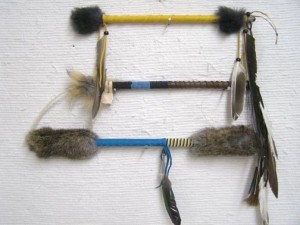 Every part of the talking stick represents the hopes for the meeting or conflict at hand. The individual creates the talking stick based on what he believes the group will need to resolve the matter at hand.
Every part of the talking stick represents the hopes for the meeting or conflict at hand. The individual creates the talking stick based on what he believes the group will need to resolve the matter at hand.
Even the wood they carve the stick from holds its own meaning. Birch is for truth and new beginnings, oak is for strength and courage, and pine is for peace and harmony.
Colors chosen for each unique design have specific meanings for the maker. For example, yellow encourages knowledge while green offers harmony and healing.
The beads on the talking stick are sentiments, reminders that the Great Spirit hears the message of the heart and the spoken word.
The answering feather
An answering feather will often accompany the talking stick.
If the talking stick holder asks a certain individual a question, they then pass the feather to that individual so he or she can answer. If there are multiple answers to be heard, they will pass the answering feather along, just as the talking stick, until they hear each response.
At Kachina House, we strive to keep learning and sharing information about the Native American culture and the amazing ceremonies and artifacts that continue to be held in high regard today. Be sure to check back on our blog to explore the Native American culture with us!
If you’re interested in purchasing a talking stick of your own, visit us online or in-store. We have talking sticks in a variety of styles, colors and sizes and if you have questions, call us at 800-304-3290.

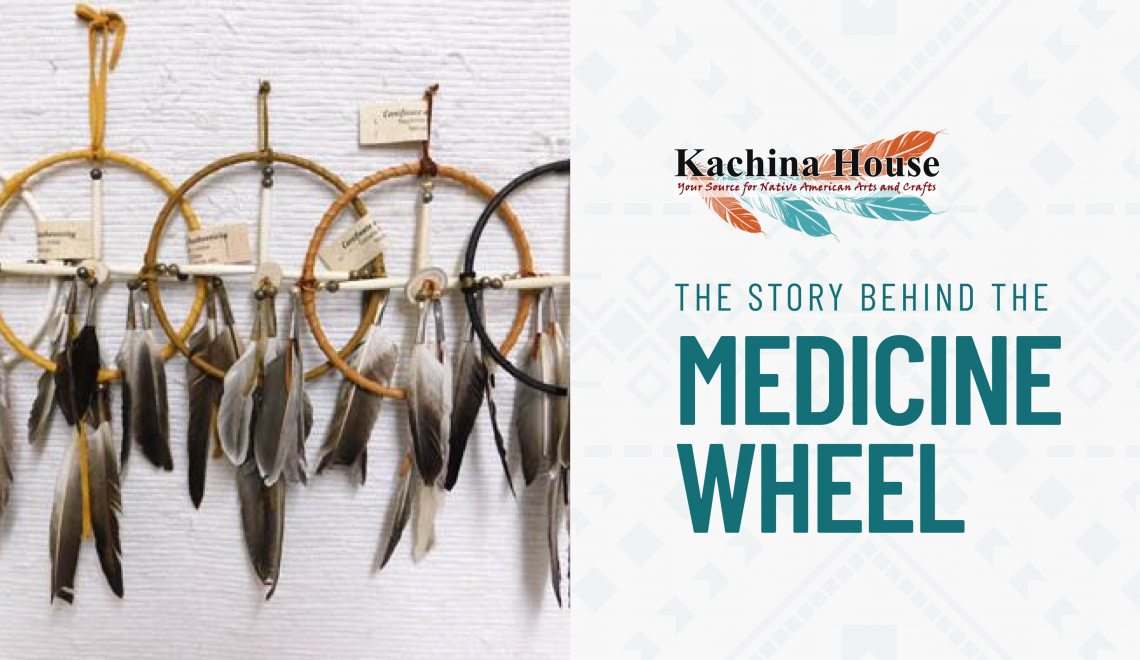

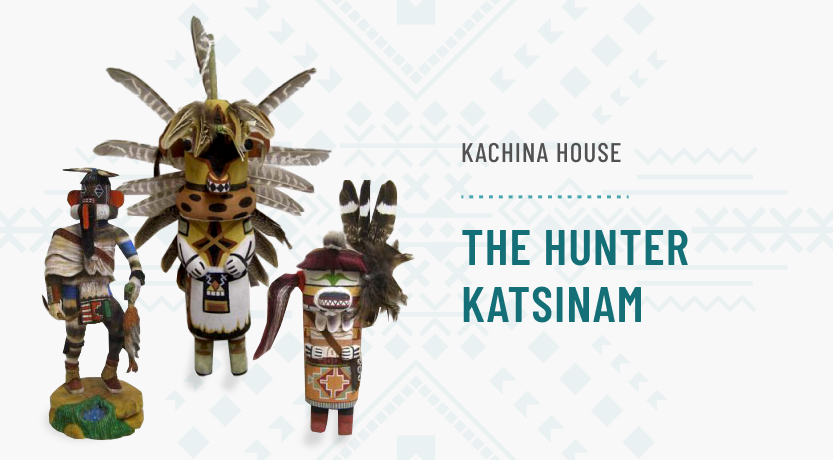

Hi,
I am looking for an image of the talking stick that I can use for a book to be published by Cambridge University Press. Could you please advice? May images are not in free domain.
Thank you so much for your kind help.
With best regards,
Ms. Anti Bax
Ms. Bax:
There are several on our website at http://www.kachinahouse.com. If you need a hi-rez image, please let us know which talking stick you favor and I will take a pix of your choice and send it with your image specs.
Patty
Kachina House
info@kachinahouse.com
928-204-9750